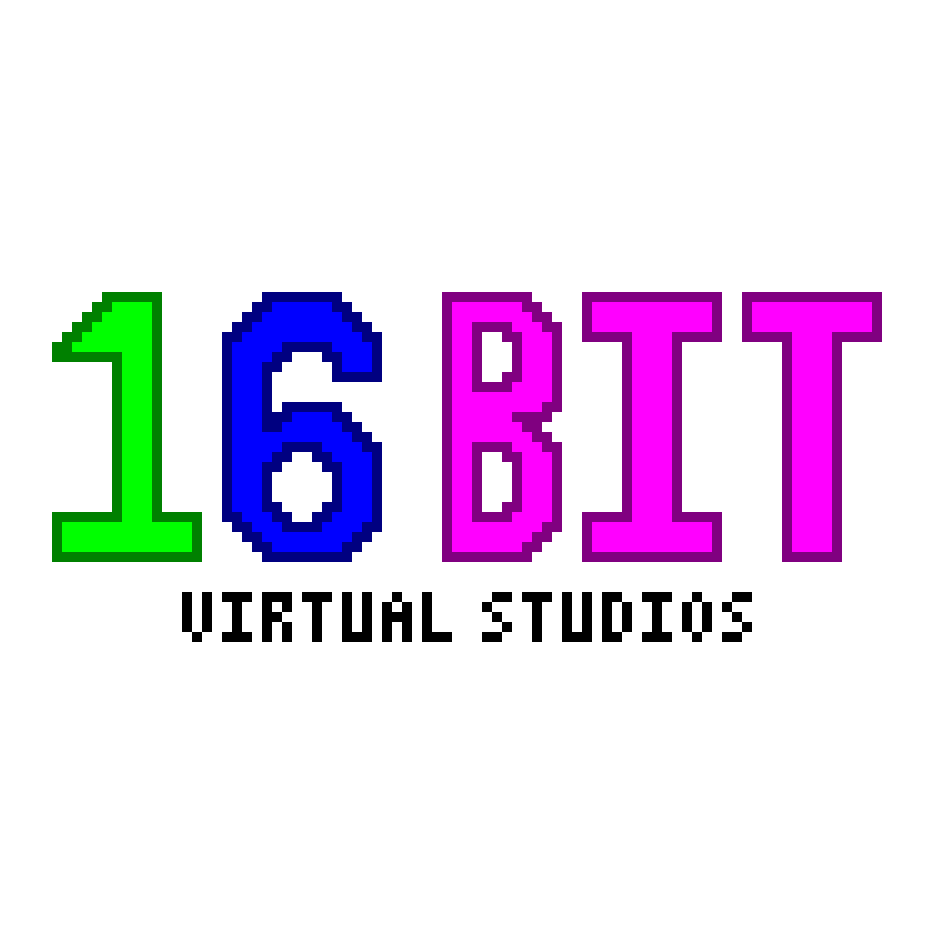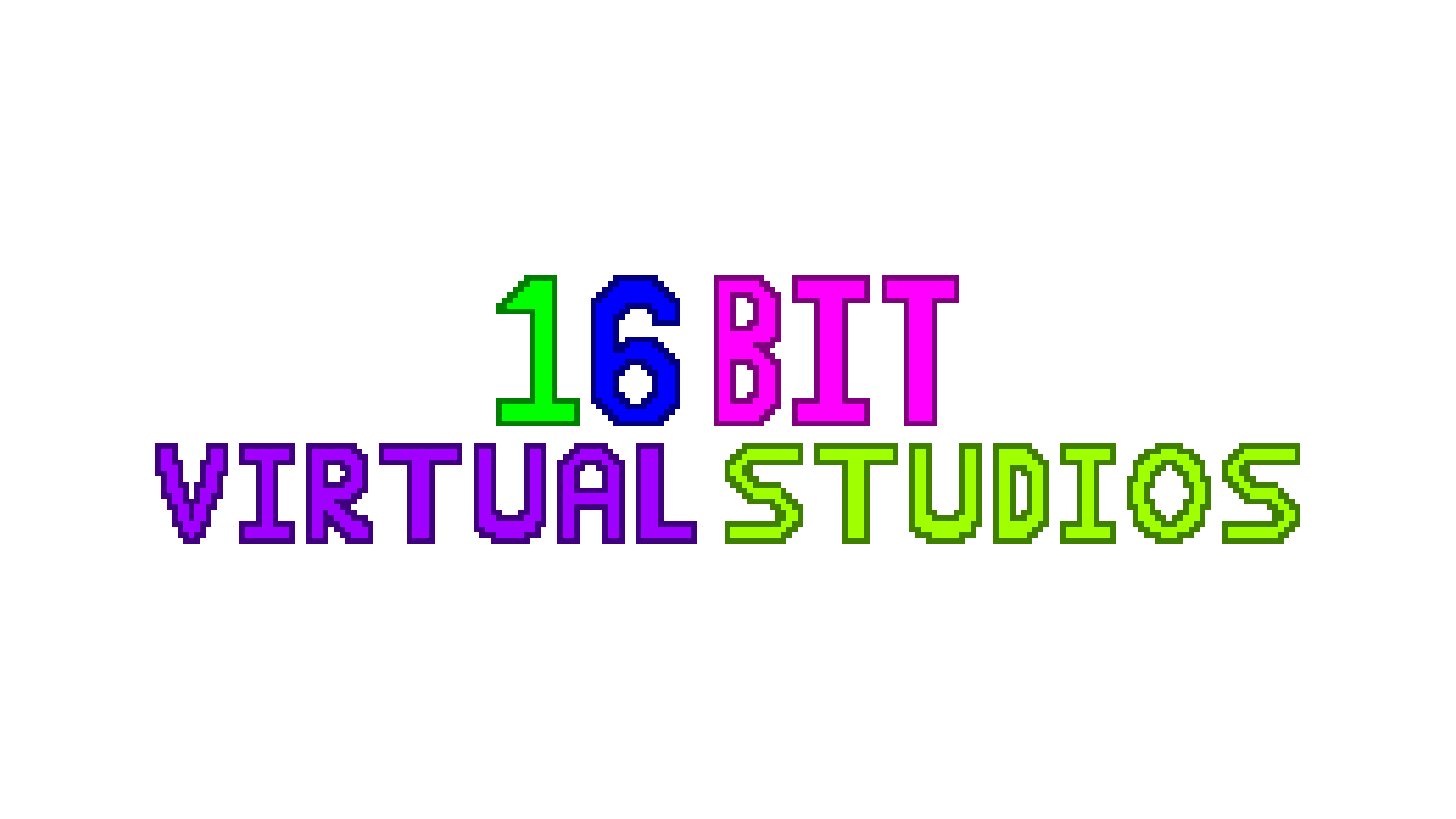

I love Emulation since it can be on completely different ends of the spectrum. On the one hand you have ROM collections on modern system, like Capcom Arcade Stadium, or TMNT Cowabunga Collection.
On another you have complete reverse engineering project like PCSX-Reloaded, and community developed emulators with retail games are based on, all open sourced and technically legal, so long as you have the hardware, and tools to back the ROMs, BIOS’s, and other material required.
Then you have the complete black market, where the ROMs are illegally obtained, the BIOS’s are just downloaded from a random server, and the emulators are paying to get access to the latest retail games patches like Yuzu.
All 3 of these interact and play off of each other, like arcade collections using MAME, being able to extract the ROMs from collections to use in emulators, and Nintendo using someone else’s ROM dump of their own game for Wiiware. That it’s just interesting that emulation works at all.
I personally love it, and try my best to get my ROMs, ISO, and BIOS’s without resorting to downloading it.












Minecraft is officially supported on Linux through deb or snap here: https://www.minecraft.net/en-us/download/alternative
Unofficial some one packaged it up as a flatpak which can be found here: https://flathub.org/apps/com.mojang.Minecraft
As for ease of mods and other things, Prismlauncher is my go to, though I primarily use it to avoid the endless login requests from MS on the base launcher.
It can also be installed officially via flat hub here: https://flathub.org/apps/org.prismlauncher.PrismLauncher